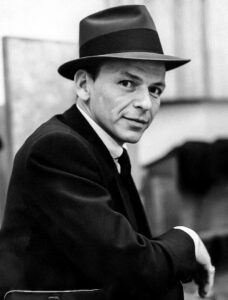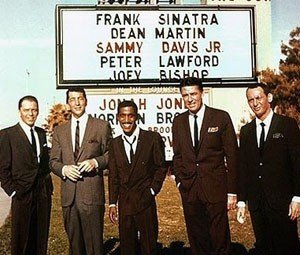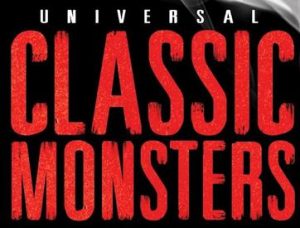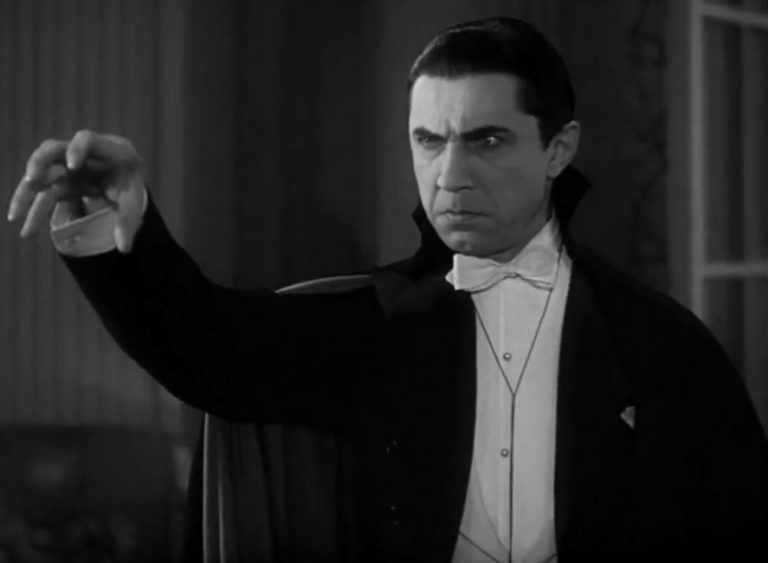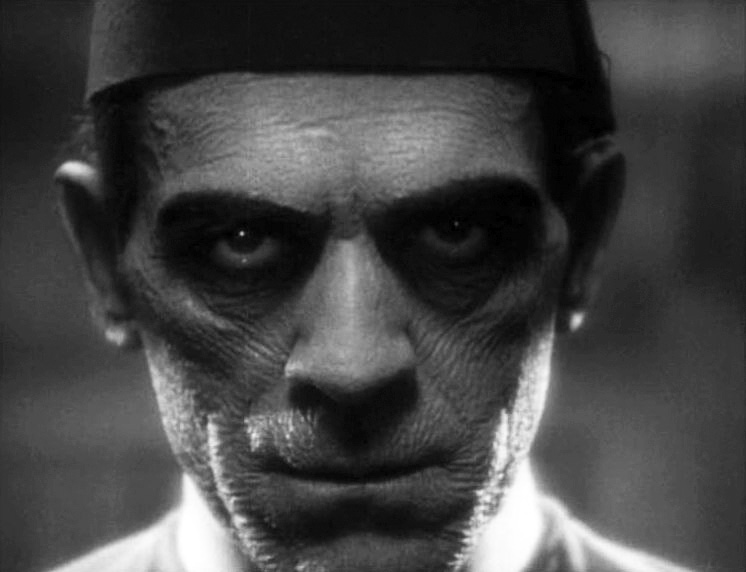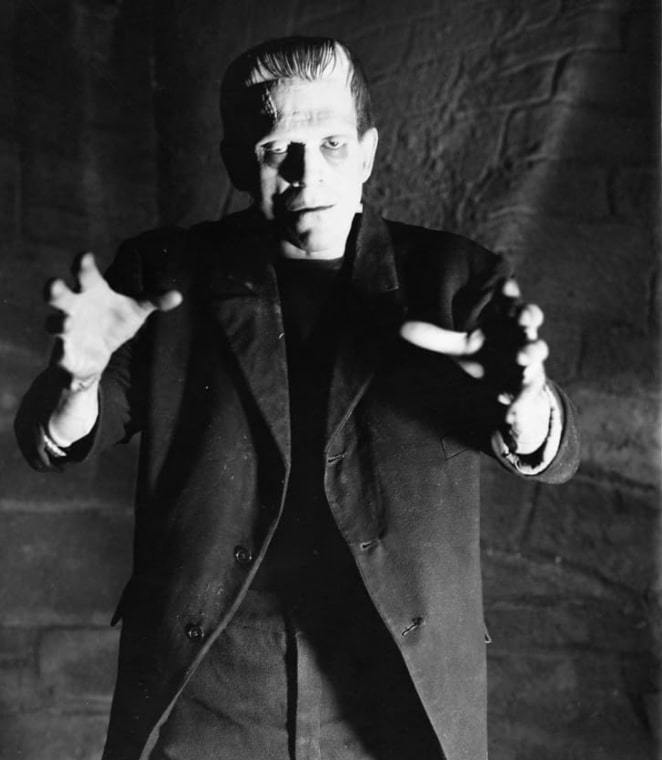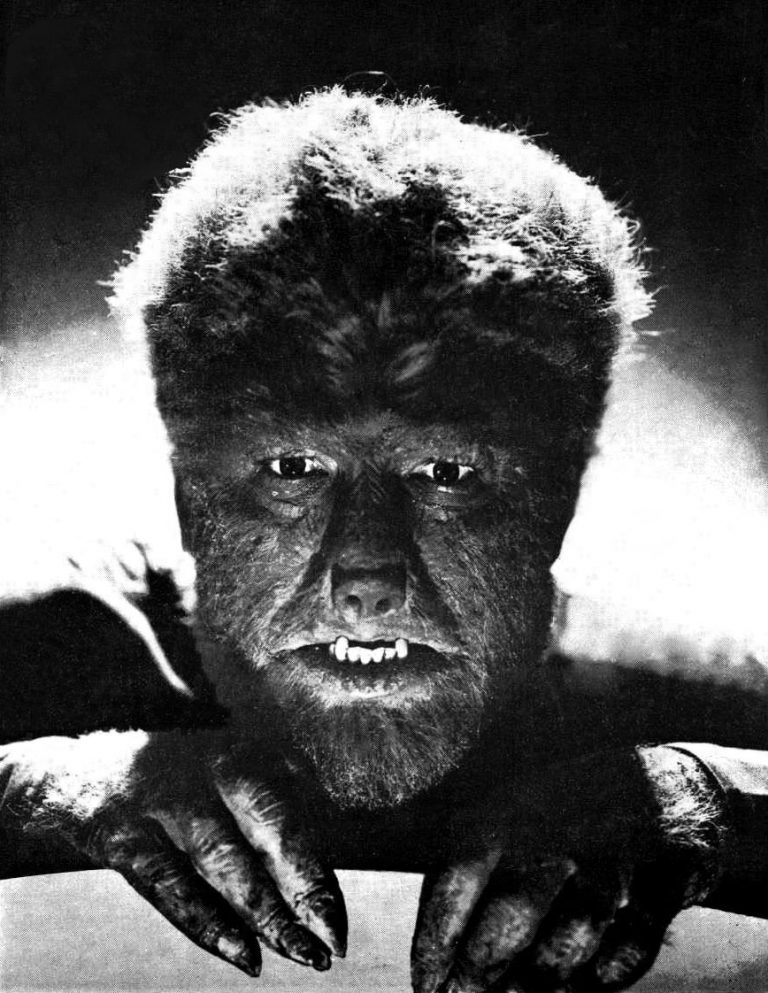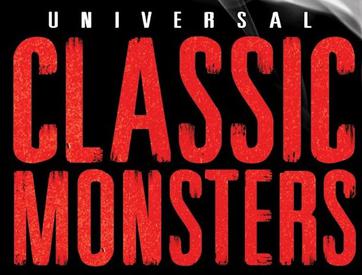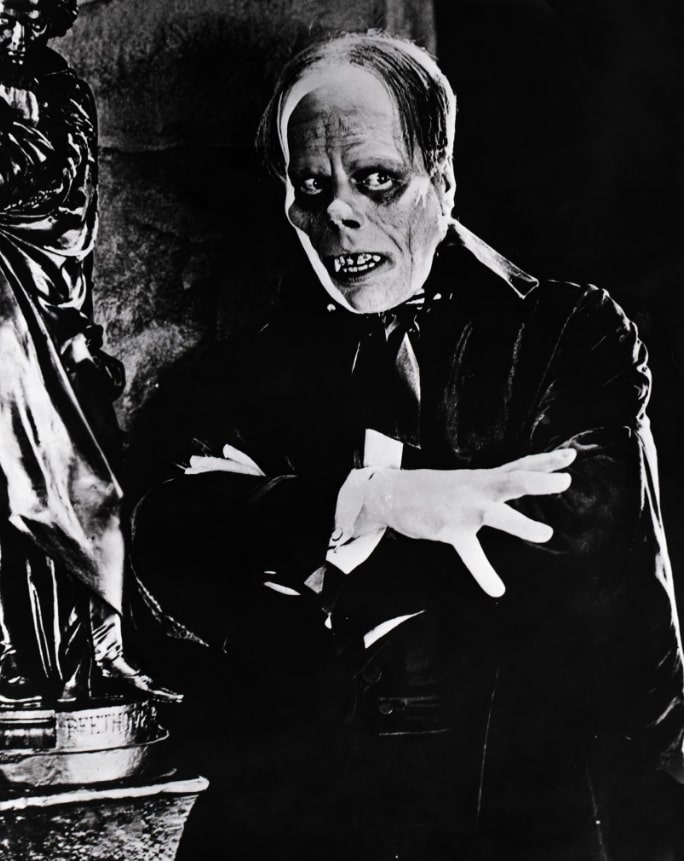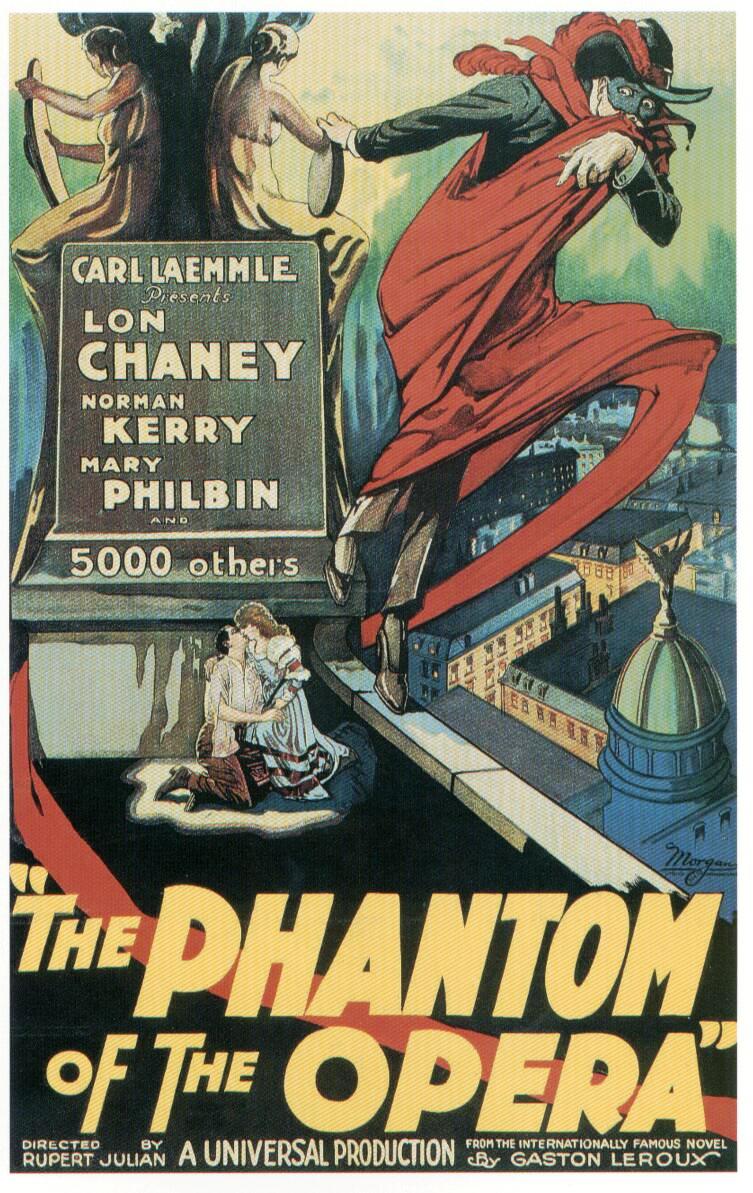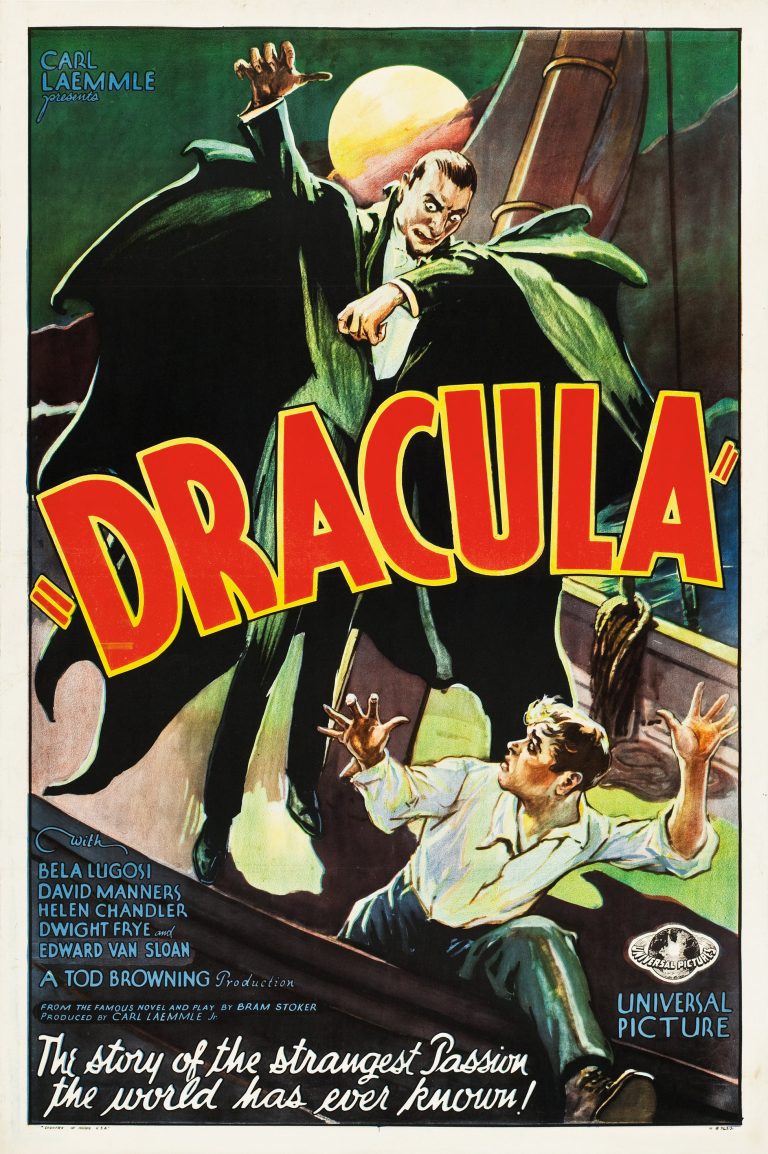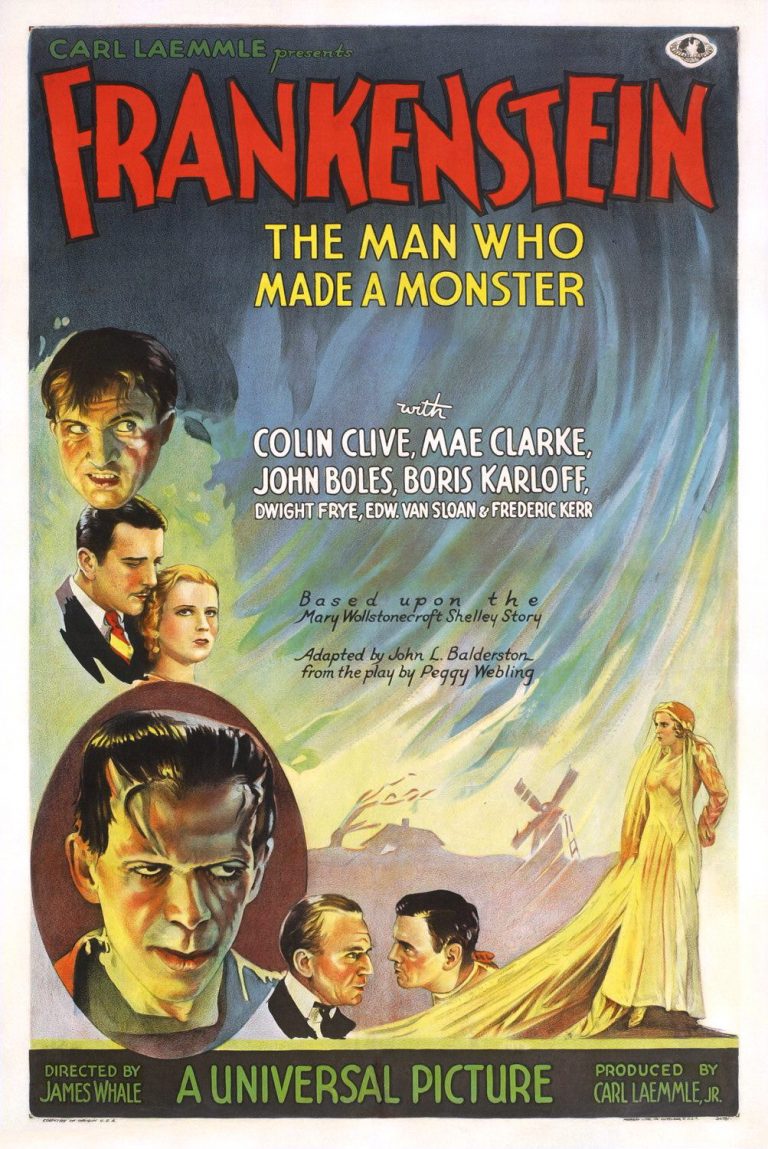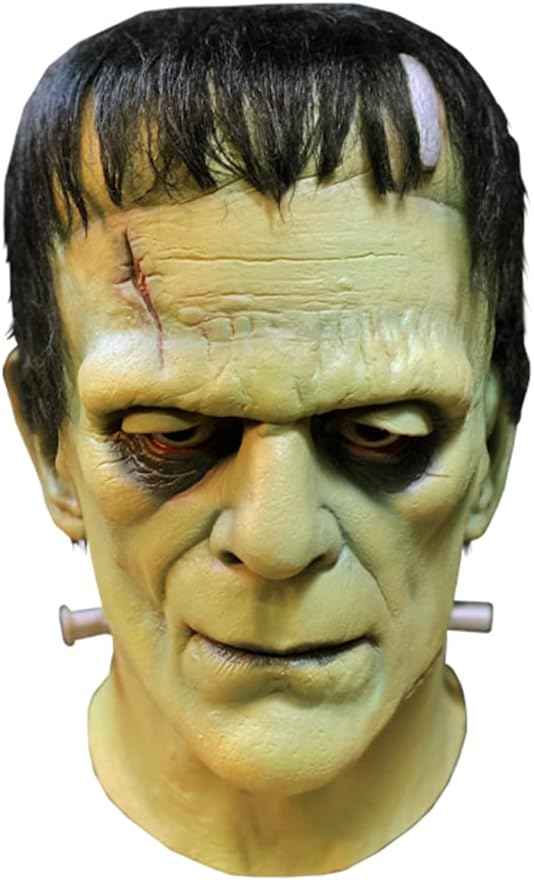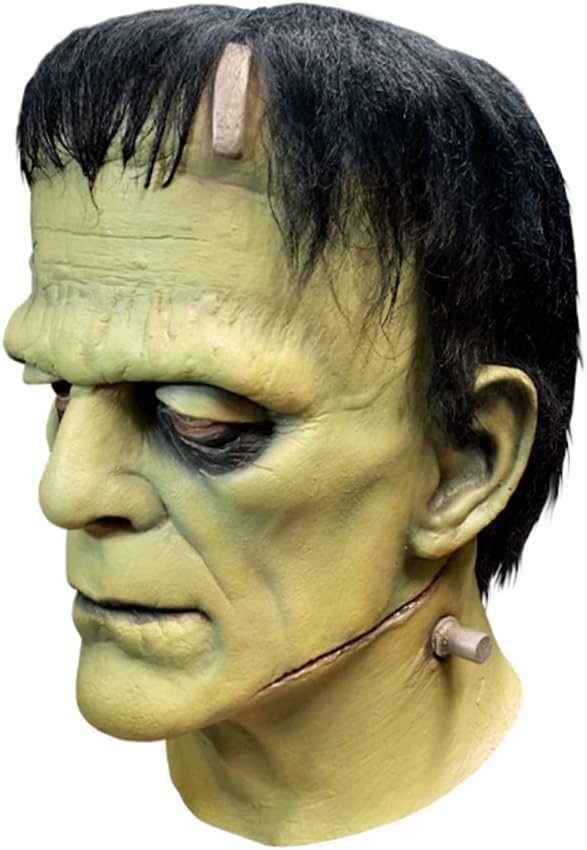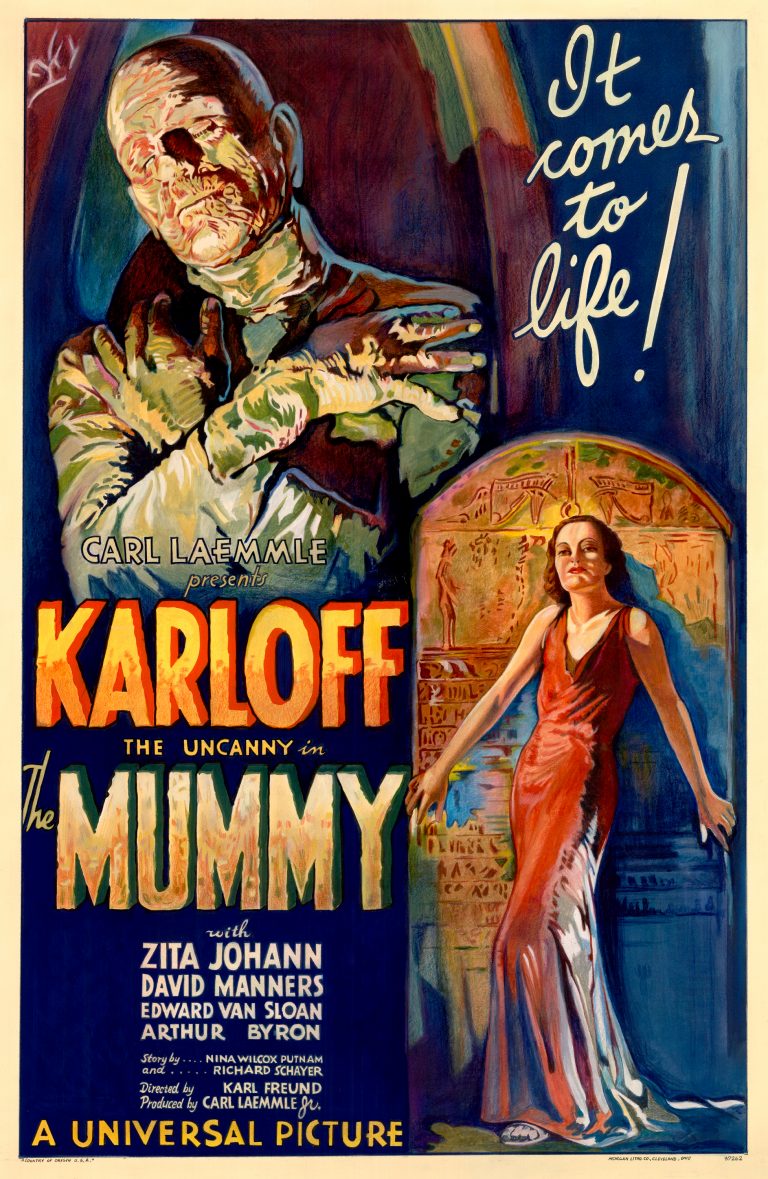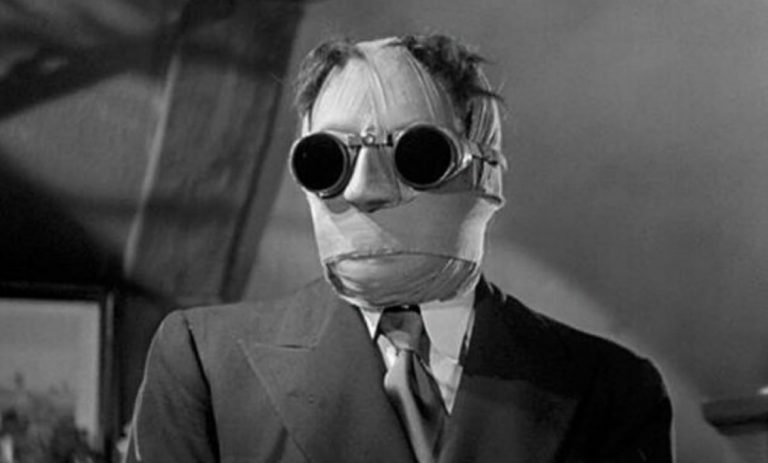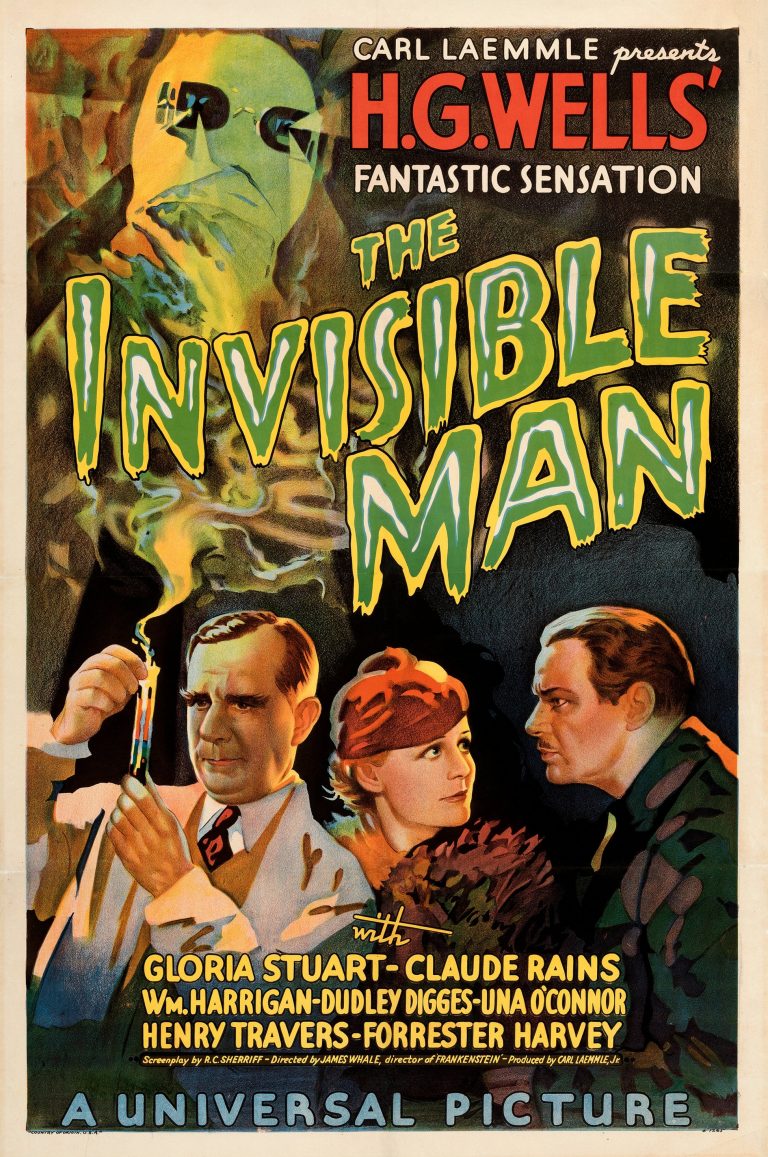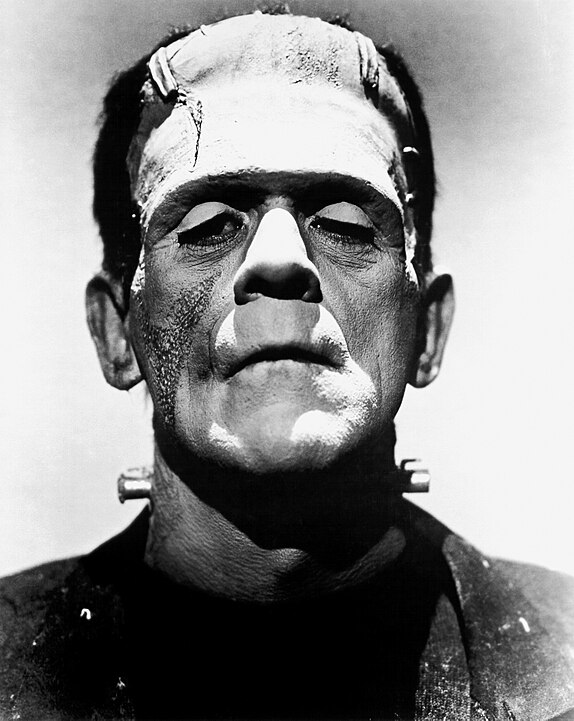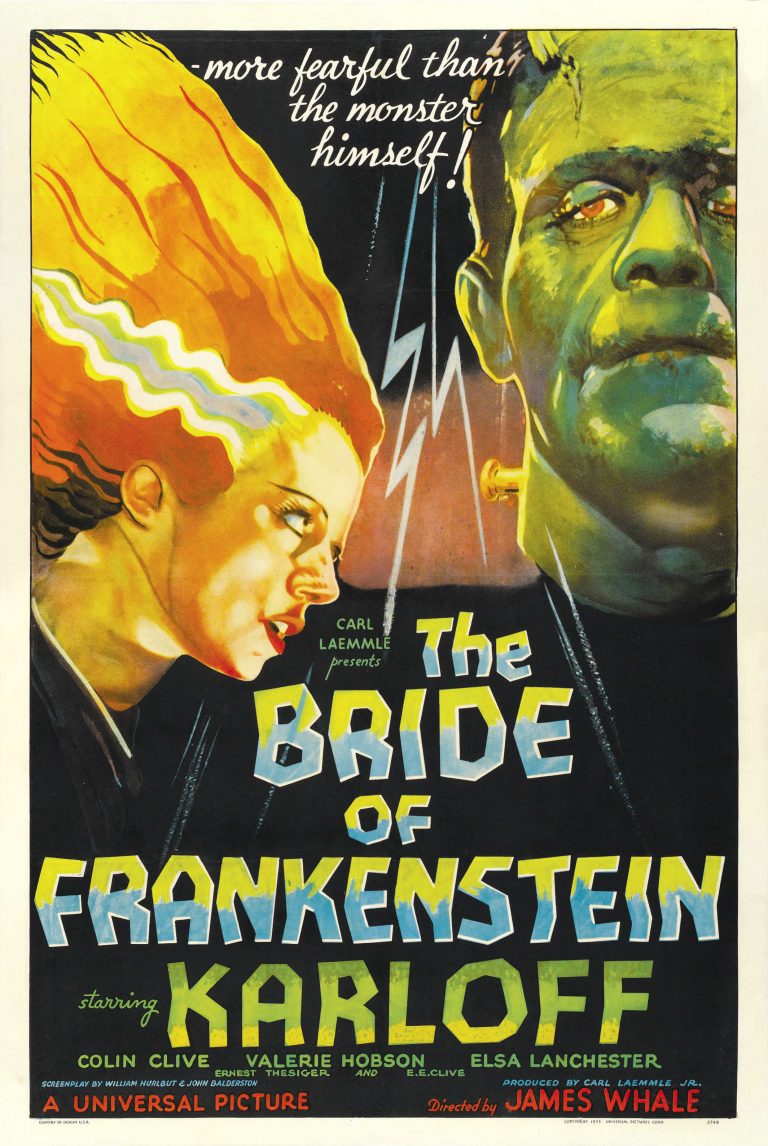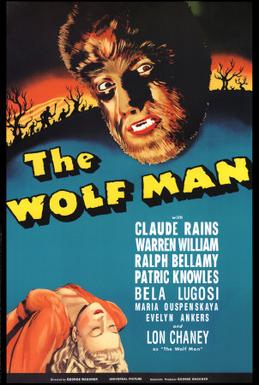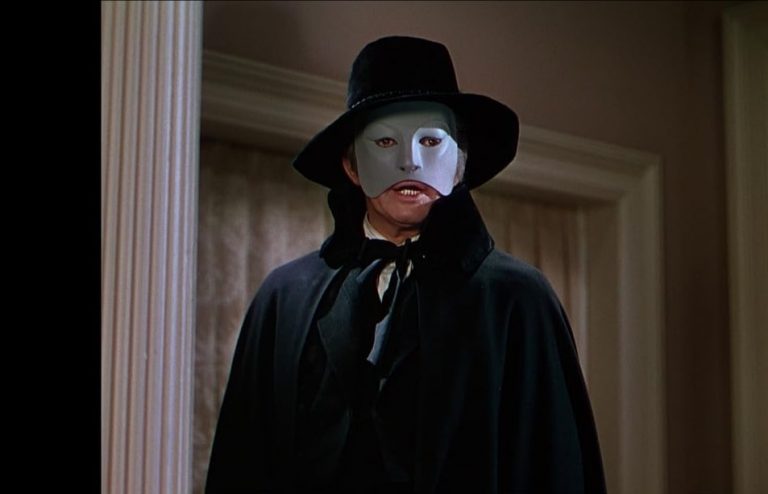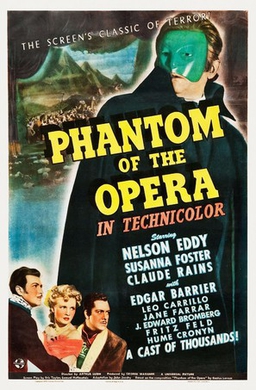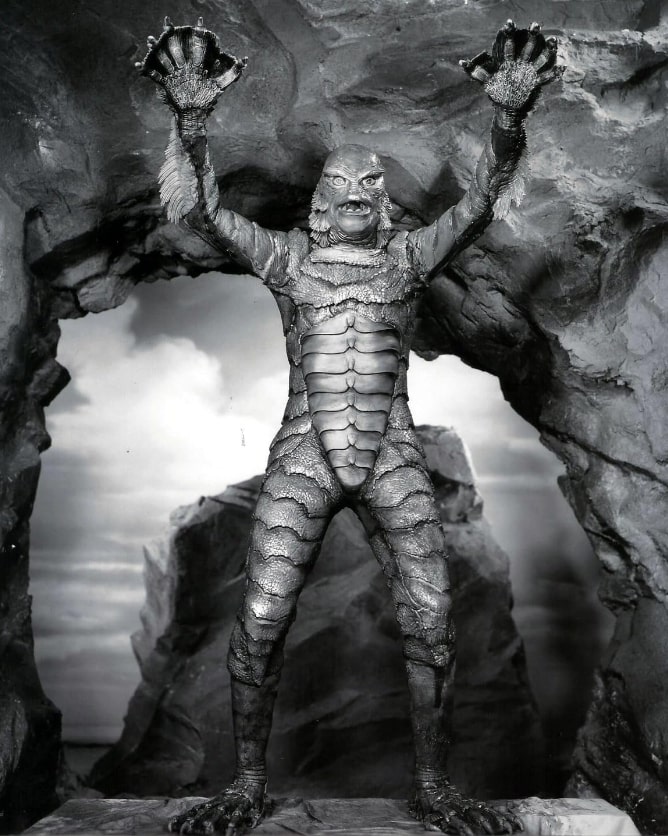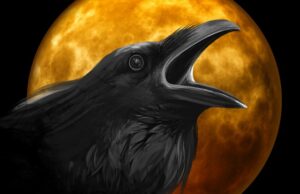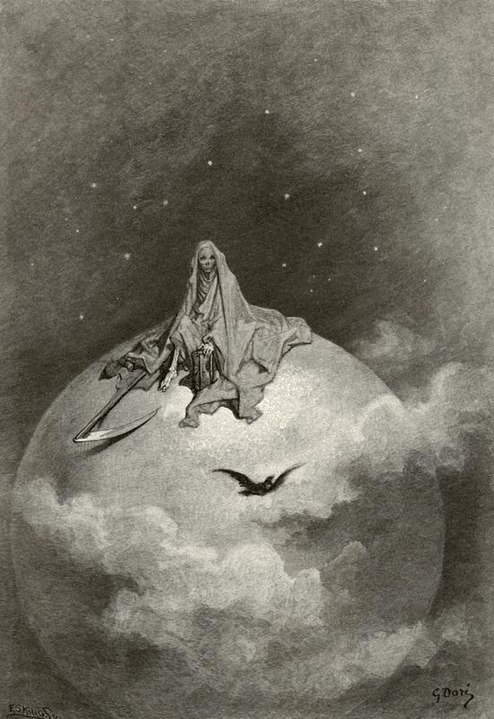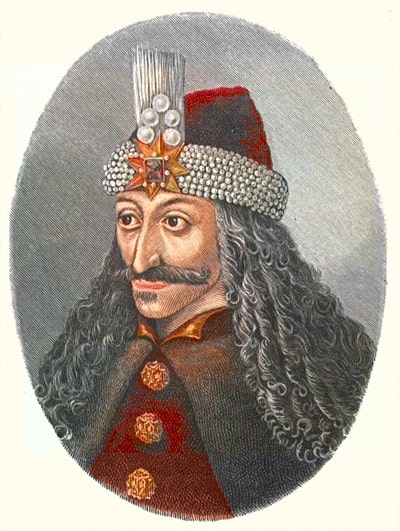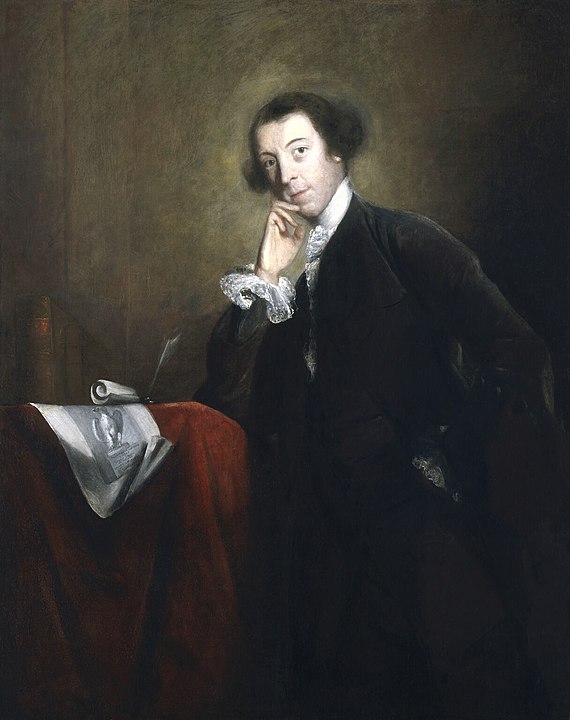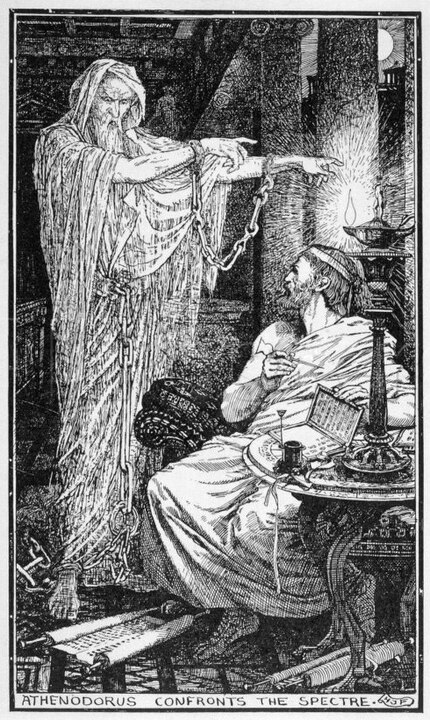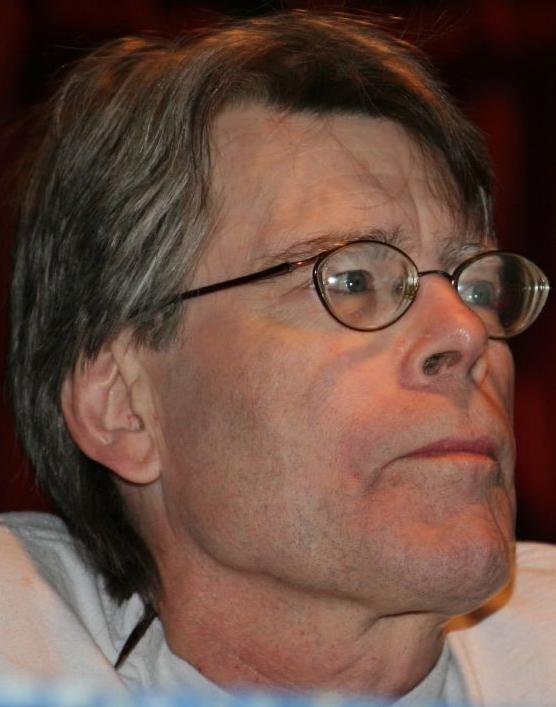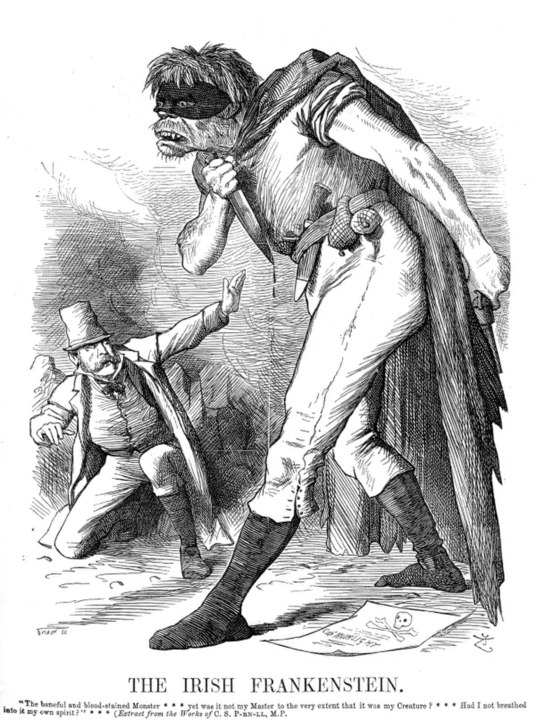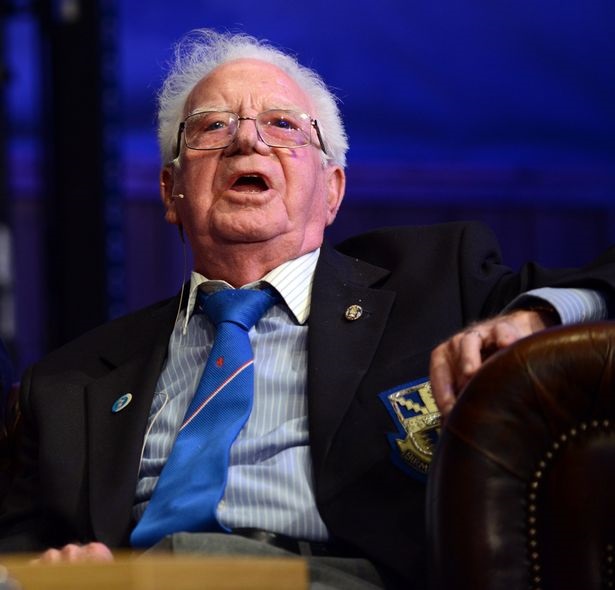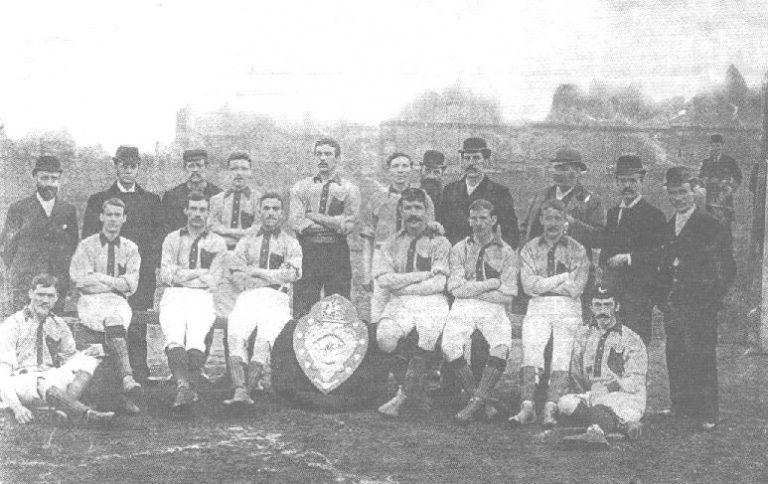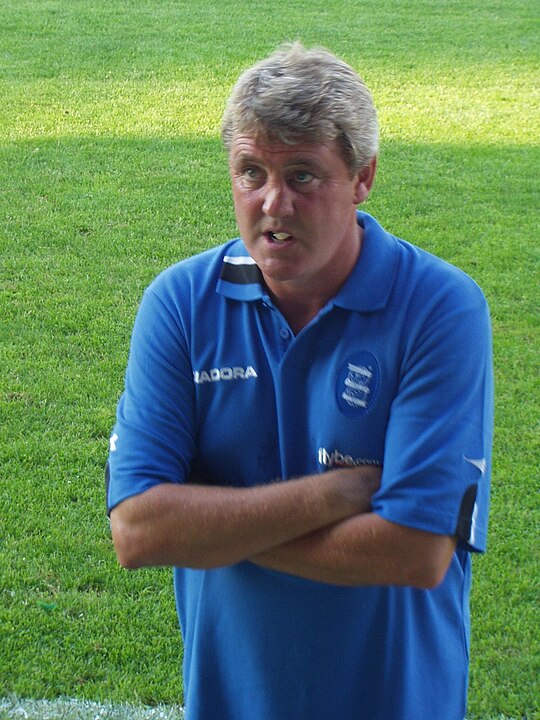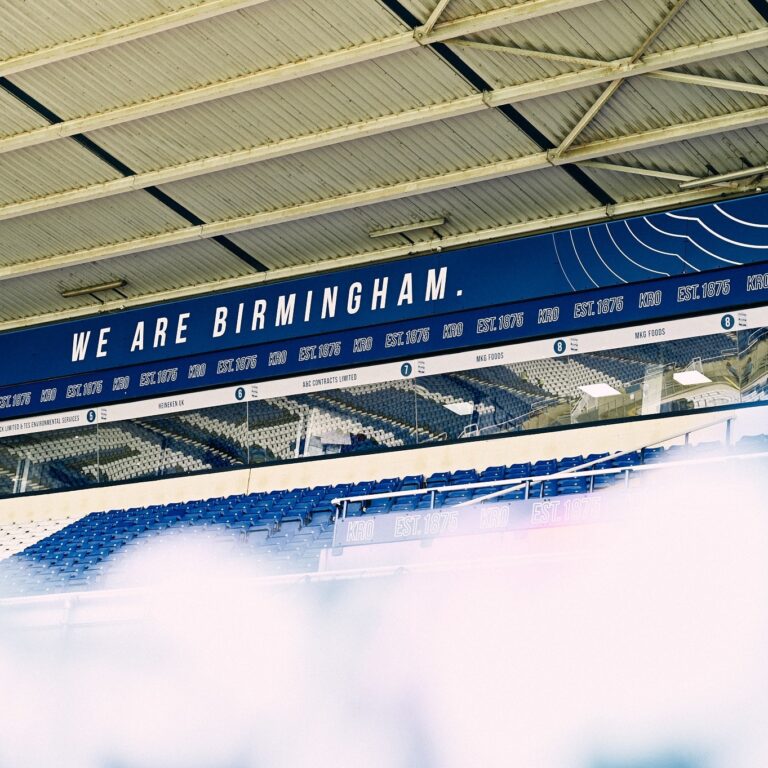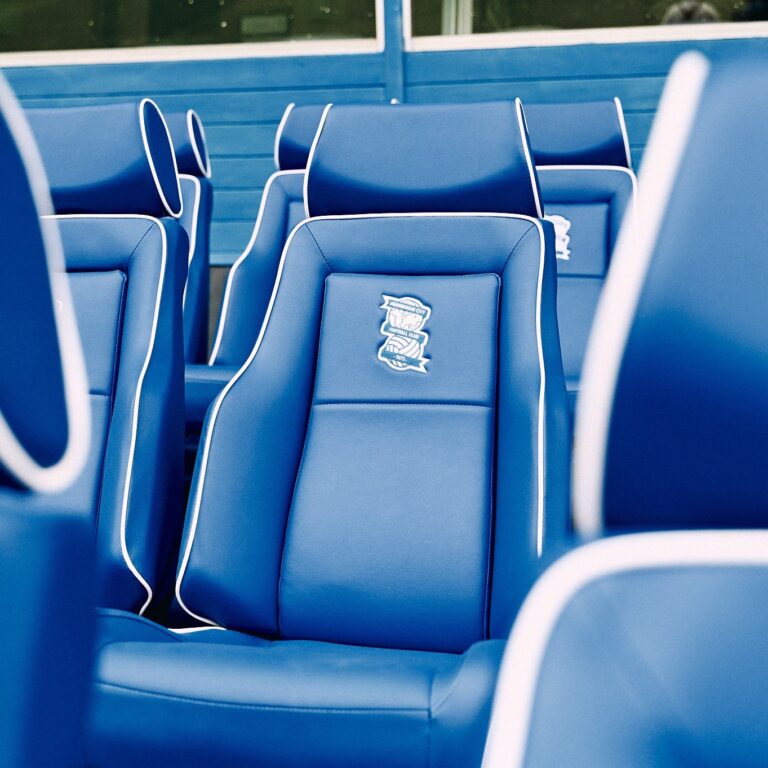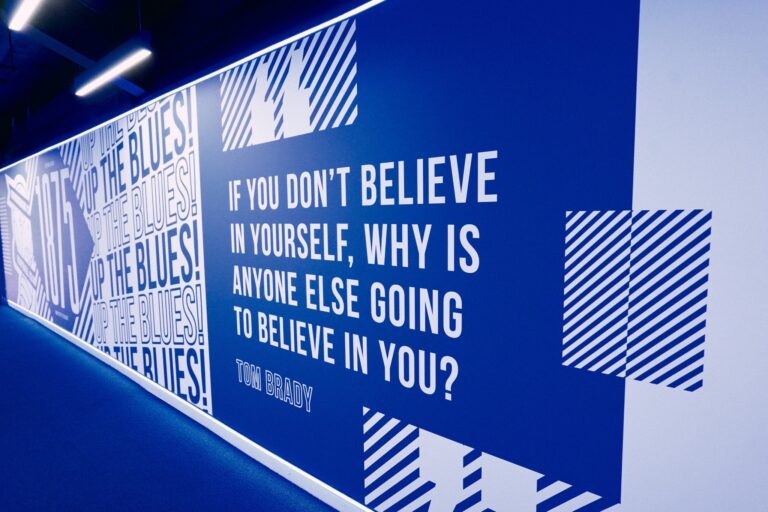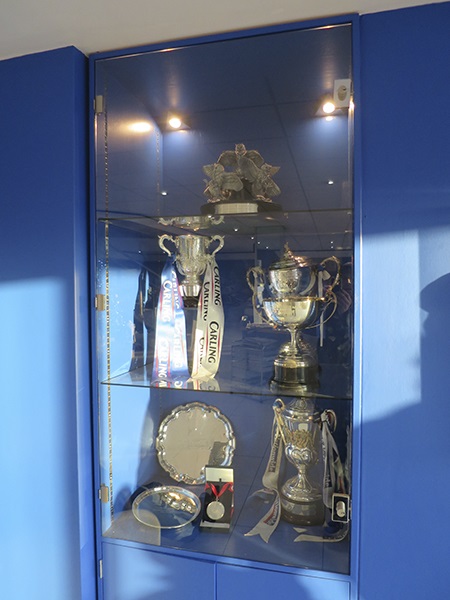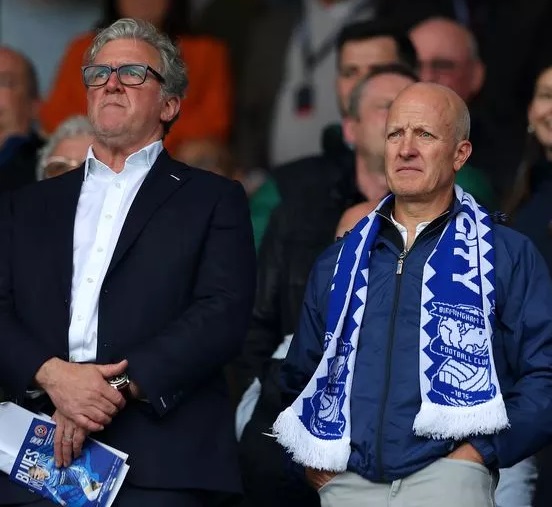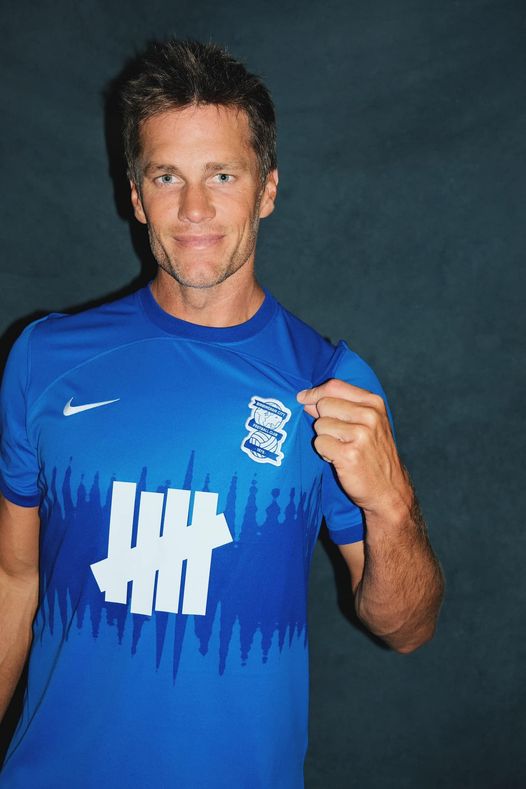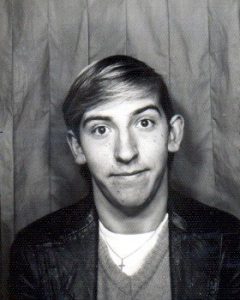
I have grown up listening to the Rat Pack and especially Dean Martin. He was so cool and I love his music.
There is an index at the bottom of the page containing some of my favourite songs by him.
About Dean Martin
Dean Martin was an American singer, actor and comedian. One of the most popular and enduring American entertainers of the mid-20th century, Martin was nicknamed “The King of Cool.” Martin gained his career breakthrough together with comedian Jerry Lewis, billed as Martin & Lewis, in 1946. They performed in nightclubs and later had numerous appearances on radio, television and in films.
Following an acrimonious ending of the partnership in 1956, Martin pursued a solo career as a performer and actor. Martin established himself as a singer, recording numerous contemporary songs as well as standards from the Great American Songbook. He became one of the most popular acts in Las Vegas and was known for his friendship with fellow artists Frank Sinatra and Sammy Davis Jr., who together with several others formed the Rat Pack.
Starting in 1965, Martin was the host of the television variety program The Dean Martin Show, which centred on Martin’s singing and comedic talents and was characterized by his relaxed, easy-going demeanour. From 1974 to 1984, he was roastmaster on the popular Dean Martin Celebrity Roast, which drew celebrities, comedians and politicians. Throughout his career, Martin performed in concert stages, nightclubs, audio recordings and appeared in 85 film and television productions.
His best known songs include Ain’t That a Kick in the Head?, Memories Are Made of This, That’s Amore, Everybody Loves Somebody, You’re Nobody till Somebody Loves You, Sway, and Volare.
Dean Martin’s Early Life
Martin was born Dino Paul Crocetti on June 7, 1917, in Steubenville, Ohio, to Italian father Gaetano Alfonso Crocetti (1894 – 1967) and Italian-American mother Angela Crocetti (née Barra; 1899 – 1966). His father, who was a barber, was originally from Montesilvano, Abruzzo, and his mother’s origins are also believed to be from Abruzzo, although they are not clearly known. Martin had an older brother named William Alfonso Crocetti (1916 – 1968). His first language was Italian and he did not speak English until he started school at the age of five. He attended Grant Elementary School in Steubenville, where he was bullied for his broken English. As a teenager, he played the drums as a hobby. He dropped out of Steubenville High School in the tenth grade because, according to Martin, he thought he was smarter than his teachers. He bootlegged liquor, worked in a steel mill, served as a croupier at a speakeasy and a blackjack dealer, and was a welterweight boxer.
At 15 he billed himself as “Kid Crochet”. His prizefighting earned him a broken nose (later straightened), a scarred lip, many broken knuckles (a result of not being able to afford tape used to wrap boxers’ hands), and a bruised body. Of his 12 bouts, he said that he “won all but 11”. For a time, he shared a New York City apartment with Sonny King, who was also starting in show business and had little money. The two reportedly charged people to watch them bare-knuckle box each other in their apartment, fighting until one was knocked out. Martin knocked out King in the first round of an amateur boxing match. Martin gave up boxing to work as a roulette stickman and croupier in an illegal casino behind a tobacco shop, where he had started as a stock boy. At the same time, he sang with local bands, calling himself “Dino Martini” (after the Metropolitan Opera tenor Nino Martini). He got his break working for the Ernie McKay Orchestra. He sang in a crooning style influenced by Harry Mills of the Mills Brothers and Perry Como. By late 1940 he had begun singing for Cleveland bandleader Sammy Watkins, who suggested he change his name to Dean Martin. He stayed with Watkins until at least May 1943. By fall 1943 he had begun performing in New York. Martin was drafted into the military in World War II but after 14 months he was discharged due to a hernia.
In October 1941, Martin married Elizabeth “Betty” Anne McDonald in Cleveland, and the couple had an apartment in Cleveland Heights for a while. They eventually had four children before the marriage ended in 1949.
Dean Martin’s Career
Teaming With Jerry Lewis
Martin attracted the attention of Metro-Goldwyn-Mayer and Columbia Pictures, but a Hollywood contract was not forthcoming. He met comic Jerry Lewis at the Glass Hat Club in New York, where both were performing. Martin and Lewis formed a fast friendship which led to their participation in each other’s acts and the formation of a music-comedy team. Martin and Lewis’s debut together occurred at Atlantic City’s 500 Club on July 24, 1946, and they were not well received. The owner, Skinny D’Amato, warned them that if they did not come up with a better act for their second show that night, they would be fired. Huddling in the alley behind the club, Lewis and Martin agreed to “go for broke”, they divided their act between songs, skits, and ad-libbed material. Martin sang and Lewis dressed as a busboy, dropping plates and making a shambles of Martin’s performance and the club’s decorum until Lewis was chased from the room as Martin pelted him with bread rolls.
They performed slapstick, reeled off old vaudeville jokes and did whatever else popped into their heads. The audience laughed. This success led to a series of well-paying engagements on the Eastern seaboard, culminating in a run at New York’s Copacabana. The act consisted of Lewis interrupting and heckling Martin while he was trying to sing, with the two ultimately chasing each other around the stage. The secret, both said, is that they ignored the audience and played to each other. The team made its TV debut on the first broadcast of CBS-TV network’s The Ed Sullivan Show (then called The Toast Of The Town) on June 20, 1948, with composers Rodgers and Hammerstein also appearing. Hoping to improve their act, the two hired young comedy writers Norman Lear and Ed Simmons to write their bits. With the assistance of both Lear and Simmons, the two would take their act beyond nightclubs.
A radio series began in 1949, the year Martin and Lewis signed with Paramount producer Hal B. Wallis as comedy relief for the movie My Friend Irma. Their agent, Abby Greshler, negotiated one of Hollywood’s best deals: although they received only $75,000 between them for their films with Wallis, Martin and Lewis were free to do one outside film a year, which they would co-produce through their own York Productions.
They also controlled their club, record, radio, and television appearances, and through these, they earned millions of dollars. In Dean & Me, Lewis calls Martin one of the great comic geniuses of all time. They were friends, as well, with Lewis acting as best man when Martin remarried in 1949. But harsh comments from critics, as well as frustration with the similarity of Martin and Lewis movies, which producer Hal Wallis refused to change, led to Martin’s dissatisfaction. He put less enthusiasm into the work, leading to escalating arguments with Lewis. Martin told his partner he was “nothing to me but a dollar sign”. The act broke up in 1956, ten years to the day from the first teaming.
Solo Career
Martin’s first solo film, Ten Thousand Bedrooms (1957), was a box-office failure. Although Volare reached number fifteen in the U.S. and number 2 in the UK, the era of the pop crooner was waning with the advent of rock and roll. Martin wanted to become a dramatic actor, known for more than slapstick comedy films. Though offered a fraction of his former salary to co-star in a war drama, The Young Lions (1958), his part would be with Marlon Brando and Montgomery Clift. Tony Randall already had the part, but talent agency MCA realized that with this film, Martin would become a triple threat: they could make money from his work in nightclubs, films, and records. Randall was paid off to relinquish the role, Martin replaced him and the film turned out to be the beginning of Martin’s comeback. Martin starred alongside Frank Sinatra for the first time in the Vincente Minnelli drama, Some Came Running (1958). By the mid-1960s, Martin was a movie, recording, television, and nightclub star. Martin was acclaimed as Dude in Rio Bravo (1959), directed by Howard Hawks and also starring John Wayne and singer Ricky Nelson. He teamed again with Wayne in The Sons of Katie Elder (1965), cast as brothers. In 1960, Martin was cast in the film version of the Judy Holliday stage musical comedy Bells Are Ringing. He won a Golden Globe nomination for his performance in the 1960 film comedy Who Was That Lady? but continued to seek dramatic roles, portraying a Southern politician in 1961’s Ada, and starring in 1963’s screen adaptation of an intense stage drama, Toys in the Attic, opposite Geraldine Page, as well as in 1970’s drama Airport, a huge box-office success.
Sinatra and he teamed up for several more movies, the crime caper Ocean’s 11, the musical Robin and the 7 Hoods, and the Western comedies Sergeants 3 and 4 for Texas, often with their Rat Pack pals such as Sammy Davis, Jr., Peter Lawford, and Joey Bishop, as well as a romantic comedy, Marriage on the Rocks. Martin also co-starred with Shirley MacLaine in a number of films, including Some Came Running, Artists and Models, Career, All in a Night’s Work, and What a Way to Go! He played a satiric variation of his own womanizing persona as Las Vegas singer “Dino” in Billy Wilder’s comedy Kiss Me, Stupid (1964) with Kim Novak, and he poked fun at his image in films such as the Matt Helm spy spoofs of the 1960’s, in which he was a co-producer. In the third Matt Helm film The Ambushers (1967), Helm, about to be executed, receives a last cigarette and tells the provider, “I’ll remember you from the great beyond,” continuing sotto voce, “somewhere around Steubenville, I hope.”
Read more about Solo Career here.
The Rat Pack
As Martin’s solo career grew, he and Frank Sinatra became friends. In the late 1950s and early 1960s, Martin and Sinatra, along with friends Joey Bishop, Peter Lawford, and Sammy Davis Jr. formed the Rat Pack, so-called after an earlier group of social friends, the Holmby Hills Rat Pack centred on Humphrey Bogart and Lauren Bacall, of which Sinatra had been a member. The Martin-Sinatra-Davis-Lawford-Bishop group referred to themselves as “The Summit” or “The Clan” and never as “The Rat Pack”, although this has remained their identity in popular imagination. The men made films together, formed part of the Hollywood social scene, and were politically influential (through Lawford’s marriage to Patricia Kennedy, sister of President John F. Kennedy).
The Rat Pack was legendary for its Las Vegas Strip performances. For example, the marquee at the Sands Hotel might read “DEAN MARTIN—MAYBE FRANK—MAYBE SAMMY.” Their appearances were valuable because the city would flood with wealthy gamblers. Their act (always in tuxedo) consisted of each singing individual numbers, duets and trios, along with seemingly improvised slapstick and chatter. In the socially charged 1960s, their jokes revolved around adult themes, such as Sinatra’s womanizing and Martin’s drinking, as well as Davis’s race and religion. Sinatra and Martin supported the civil rights movement and refused to perform in clubs that would not allow African-American or Jewish performers. Posthumously, the Rat Pack has experienced a popular revival, inspiring the George Clooney / Brad Pitt Ocean’s Trilogy.
The Dean Martin Show
In 1965, Martin launched his weekly NBC comedy-variety series, The Dean Martin Show, which ran for 264 episodes until 1974. He won a Golden Globe Award for Best Actor – Television Series Musical or Comedy in 1966 and was nominated again the following three years. The show exploited his image as a carefree boozer. Martin capitalized on his laid-back persona of the half-drunk crooner, hitting on women with remarks that would get anyone else slapped, and making snappy if slurred remarks about fellow celebrities during his roasts. During an interview on the British TV documentary Wine, Women and Song, aired in 1983, he stated, perhaps tongue-in-cheek, that he had someone record them on cassette tape so he could listen to them. His TV show was a success. The show’s loose format featured quick-witted improvisation from Martin and his weekly guests. This prompted a battle between Martin and NBC censors, who insisted on more scrutiny of the content. He later had trouble with NBC for his off-the-cuff use of obscene Italian phrases, which brought complaints from viewers who spoke the language. The show was often in the Top Ten. Martin, appreciative of the show’s producer, his friend Greg Garrison, made a handshake deal giving Garrison, a pioneer TV producer in the 1950s, 50% of the show. However, the validity of that ownership is the subject of a lawsuit brought by NBCUniversal.
Despite Martin’s reputation as a drinker—perpetuated via his vanity license plate “DRUNKY”—his alcohol use was quite disciplined. He was often the first to call it a night, and when not on tour or on a film location, liked to go home to see his wife and children. He borrowed the lovable-drunk shtick from Joe E. Lewis, but his convincing portrayals of heavy boozers in Some Came Running and Howard Hawks’ Rio Bravo led to unsubstantiated claims of alcoholism. Martin starred in and co-produced four Matt Helm superspy comedy adventures during this time, as well as a number of Westerns. By the early 1970s, The Dean Martin Show was still earning solid ratings, and although he was no longer a Top 40 hitmaker, his record albums continued to sell. He found a way to make his passion for golf profitable by offering a signature line of golf balls and the Dean Martin Tucson Open was an event on golf’s PGA Tour from 1972 to 1975. At his death, Martin was reportedly the single largest minority shareholder of RCA stock.
Now comfortable financially, Martin began reducing his schedule. The final (1973 – 1974) season of his variety show was retooled into one of celebrity roasts, requiring less involvement. In the roasts, Martin and his panel of pals made fun of a variety of popular entertainment, athletic, and political figures. After the show’s cancellation, NBC continued to air The Dean Martin Celebrity Roast as a series of TV specials through 1984.
Later Career
For nearly a decade, Martin had recorded as many as four albums a year for Reprise Records. Martin recorded his final Reprise album, Once in a While in 1974, which was not issued until 1978. His final recordings were made for Warner Bros. Records. The Nashville Sessions was released in 1983, from which he had a hit with “(I Think That I Just Wrote) My First Country Song”, which was recorded with Conway Twitty and made a respectable showing on the country charts. A follow-up single, “L.A. Is My Home” / “Drinking Champagne”, came in 1985. The 1974 film drama Mr. Ricco marked Martin’s final starring role, in which he played a criminal defence lawyer. He played a featured role in the 1981 comedy The Cannonball Run and its sequel, both starring Burt Reynolds.
In 1972, he filed for divorce from his second wife, Jeanne. A week later, his business partnership with the Riviera hotel in Las Vegas dissolved amid reports of the casino’s refusal to agree to Martin’s request to perform only once a night. He joined the MGM Grand Hotel and Casino, where he was the featured performer on the hotel’s opening night of December 23, 1973, and his contract required him to star in a film (Mr. Ricco) for Metro-Goldwyn-Mayer studios. Less than a month after his second marriage had dissolved, Martin was 55 when he married 26-year-old Catherine Hawn, on April 25, 1973. Hawn had been the receptionist at the chic Gene Shacove hair salon in Beverly Hills. They divorced on November 10, 1976. He was also briefly engaged to Gail Renshaw, Miss World–U.S.A. 1969. Eventually, Martin reconciled with Jeanne, though they never remarried.
Martin also made a public reconciliation with Lewis on his partner’s Labor Day telethon, benefiting the Muscular Dystrophy Association, in September 1976. Sinatra shocked Lewis by bringing Martin out on stage and as the two men embraced, the audience gave them a standing ovation and the phones lit up, resulting in one of the telethon’s most profitable years up to that time. Lewis later reported the event was one of the three most memorable of his life. Lewis quipped, “So, you working?” Martin, playing drunk, replied that he was appearing “at the ‘Meggum'” (meaning the MGM Grand Hotel). This, with the death of Martin’s son Dean Paul Martin more than a decade later, helped bring the two men together. They maintained a quiet friendship, but only performed again once, in 1989, on Martin’s 72nd birthday.
Martin returned to films briefly with appearances in the star-laden, critically panned but commercially successful The Cannonball Run and its sequel Cannonball Run II. He also had a minor hit single with Since I Met You Baby and made his first music video, which appeared on MTV and was created by Martin’s youngest son, Ricci. On March 21, 1987, Martin’s son, actor Dean Paul Martin (formerly Dino of the 1960s “teeny-bopper” rock group Dino, Desi & Billy), died when his F-4 Phantom II jet fighter crashed while flying with the California Air National Guard. Martin’s grief over his son’s death left him depressed and demoralized. Later, a tour with Davis and Sinatra in 1988, undertaken in part to help Martin recover, sputtered.
Martin, who responded best to a club audience, felt lost in the huge stadiums they were performing in at Sinatra’s insistence, and he was not interested in drinking until dawn after performances. His final Vegas shows were at Bally’s Hotel in 1991. At Bally’s, he had his final reunion with Lewis on his 72nd birthday. Martin’s last two TV appearances involved tributes to his former Rat Pack members. On December 8, 1989, he joined stars in Sammy Davis Jr’s 60th anniversary celebration, which aired a few weeks before Davis died from throat cancer. In December 1990, Martin congratulated Sinatra on his 75th birthday special.
Read more about Dean Martin here.
The above articles were sourced from Wikipedia and are subject to change.
Favourite Dean Martin Songs Index
Blog Posts
Notes And Links
The image shown at the top of this page is in the Public Domain via Wikipedia.
